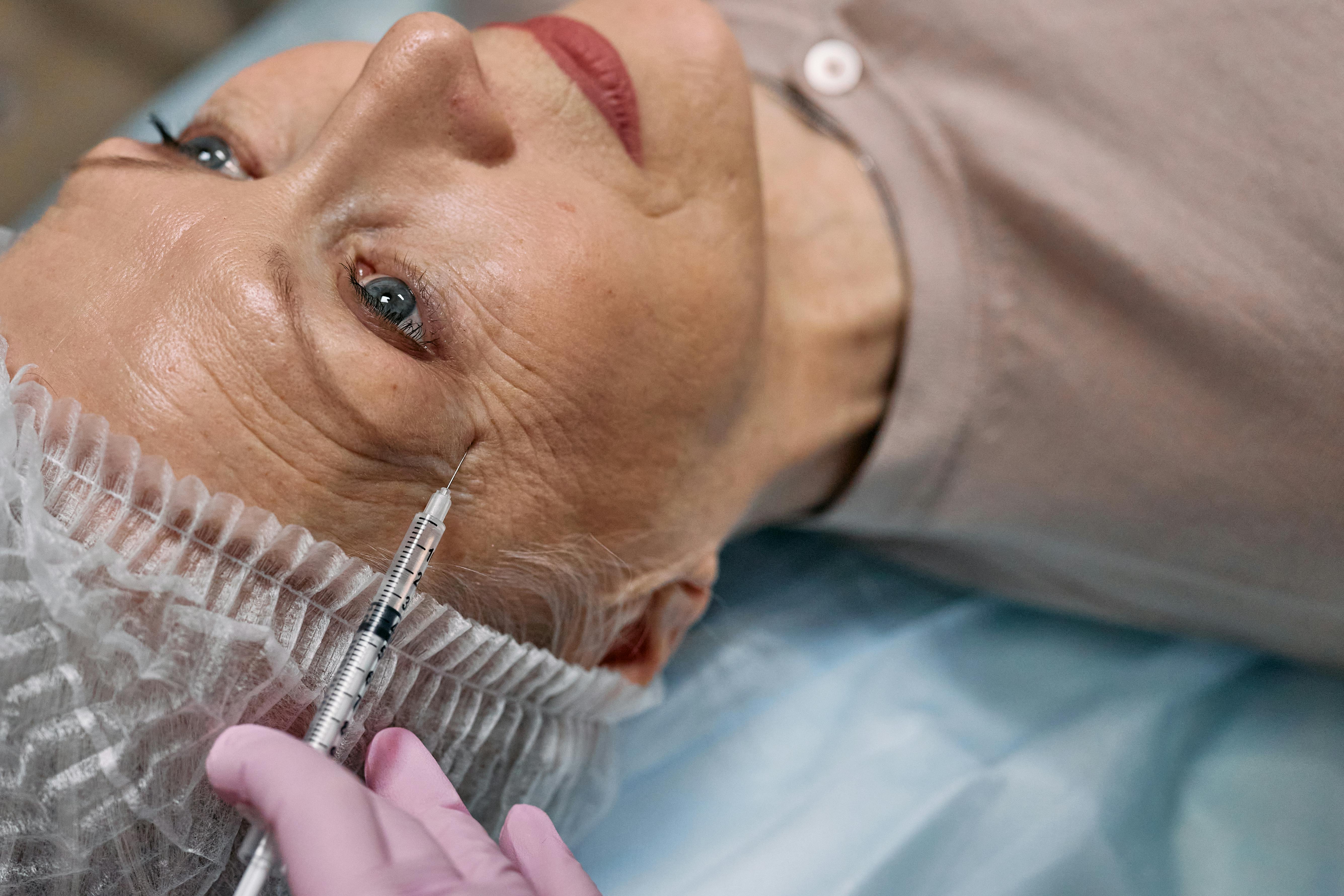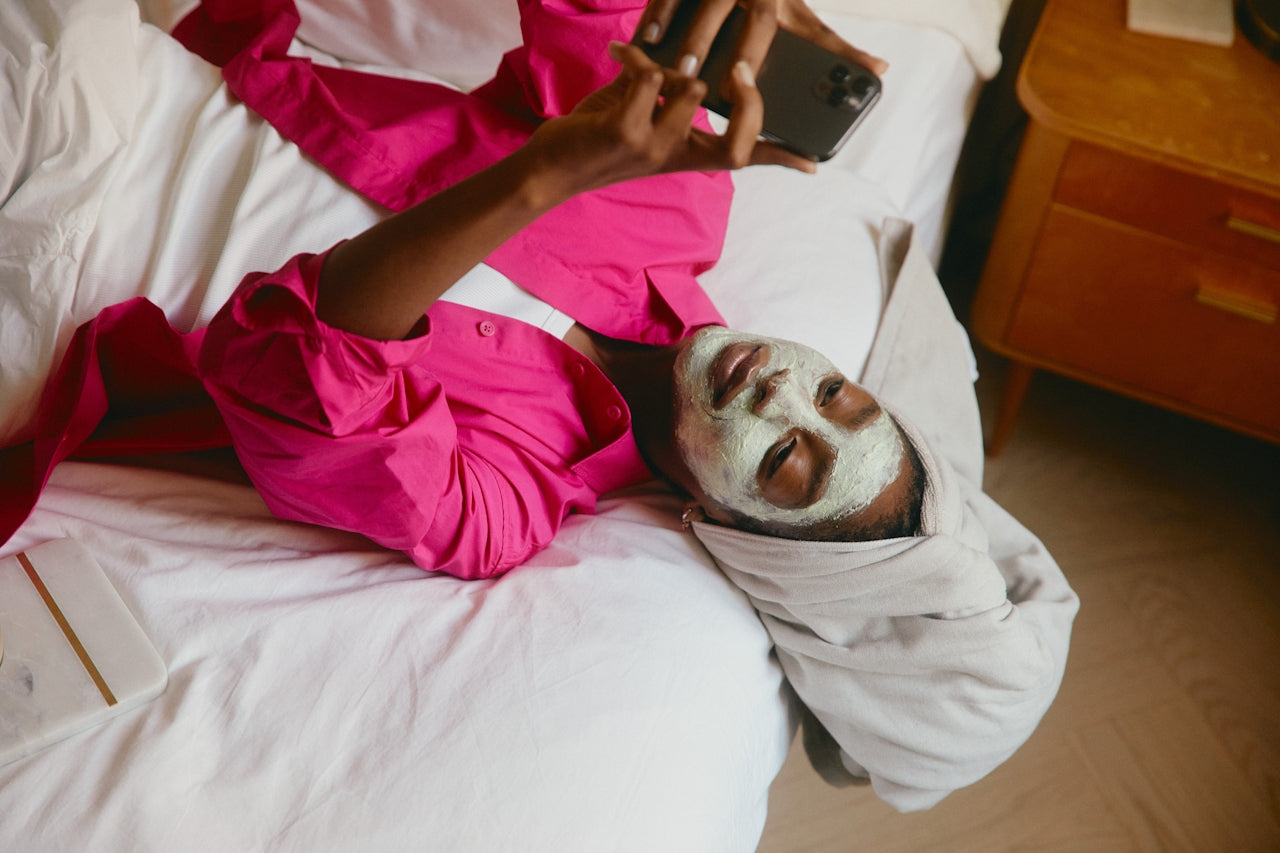If you’ve been keeping an eye on the latest trends in skin health and aesthetics, you’ve probably seen the buzz around polynucleotides. Touted as the next big thing in injectables — beyond fillers and Botox — these naturally derived molecules are being praised for their skin-repairing, anti-inflammatory, and bio-revitalising powers.
But what exactly are polynucleotides? And is the hype justified?
🔬 What Are Polynucleotides?
Polynucleotides are chains of nucleotides, which are the basic building blocks of DNA and RNA. In aesthetic medicine, they’re derived from purified salmon or trout DNA — known for its biocompatibility with human tissue.
When injected into the skin, polynucleotides work on a cellular level to:
-
Boost fibroblast activity (the cells responsible for collagen and elastin production)
-
Enhance skin hydration and elasticity
-
Support tissue regeneration and healing
-
Reduce inflammation and oxidative stress
In short, they help your skin repair and renew itself — from the inside out.
✨ What Makes Them Different from Fillers or Botox?
While dermal fillers add volume and Botox temporarily relaxes muscle movement, polynucleotides don’t “freeze” or “fill”. Instead, they stimulate the skin’s own regenerative processes, making them ideal for:
-
Dull or crepey skin
-
Fine lines and loss of elasticity
-
Under-eye concerns
-
Acne scarring
-
General skin fatigue or ageing
They’re often referred to as “injectable skincare”, offering natural-looking results with minimal risk of overdone effects.
📈 Are They Worth the Hype?
Early clinical data and anecdotal reports suggest that polynucleotides do deliver on many of their promises — especially in terms of skin texture, hydration, and glow. Improvements are typically gradual, with results building over multiple sessions.
Patients often notice:
-
Smoother, more supple skin
-
Better tolerance to inflammation or irritation
-
A more even, “refreshed” appearance
They’re especially popular in areas that are hard to treat with traditional injectables — like around the eyes or neck.
🩹 Are There Any Side Effects?
Polynucleotide treatments are generally well tolerated. Since the product is biocompatible and non-crosslinked, the risk of allergic reaction is low. Mild swelling or redness at the injection site is common but usually resolves within 24–48 hours.
💬 The Verdict
Polynucleotides aren’t just hype — they represent a genuinely innovative approach to skin rejuvenation. While more long-term studies are still emerging, their regenerative potential, natural-looking results, and broad safety profile are making them a go-to for practitioners and patients alike.
If you're looking for something that supports skin quality over time — rather than a quick fix — polynucleotides may be worth discussing at your next aesthetic consultation.
📚 References
Gallo, R.L. and Bernard, J.J., 2021. Innate immune repair and polynucleotides in tissue regeneration. Journal of Investigative Dermatology, 141(4), pp.812–819. https://doi.org/10.1016/j.jid.2020.08.020
Gentile, P., Garcovich, S. and Scioli, M.G., 2021. Clinical use of polynucleotides in skin rejuvenation: a review. Aesthetic Plastic Surgery, 45(3), pp.1172–1180. https://doi.org/10.1007/s00266-021-02150-2
Park, K.Y., Min, H.J., Kim, B.J. and Kim, M.N., 2016. Effect of polynucleotide injections on facial skin rejuvenation: a prospective clinical study. Journal of Cosmetic Dermatology, 15(4), pp.378–383. https://doi.org/10.1111/jocd.12237




